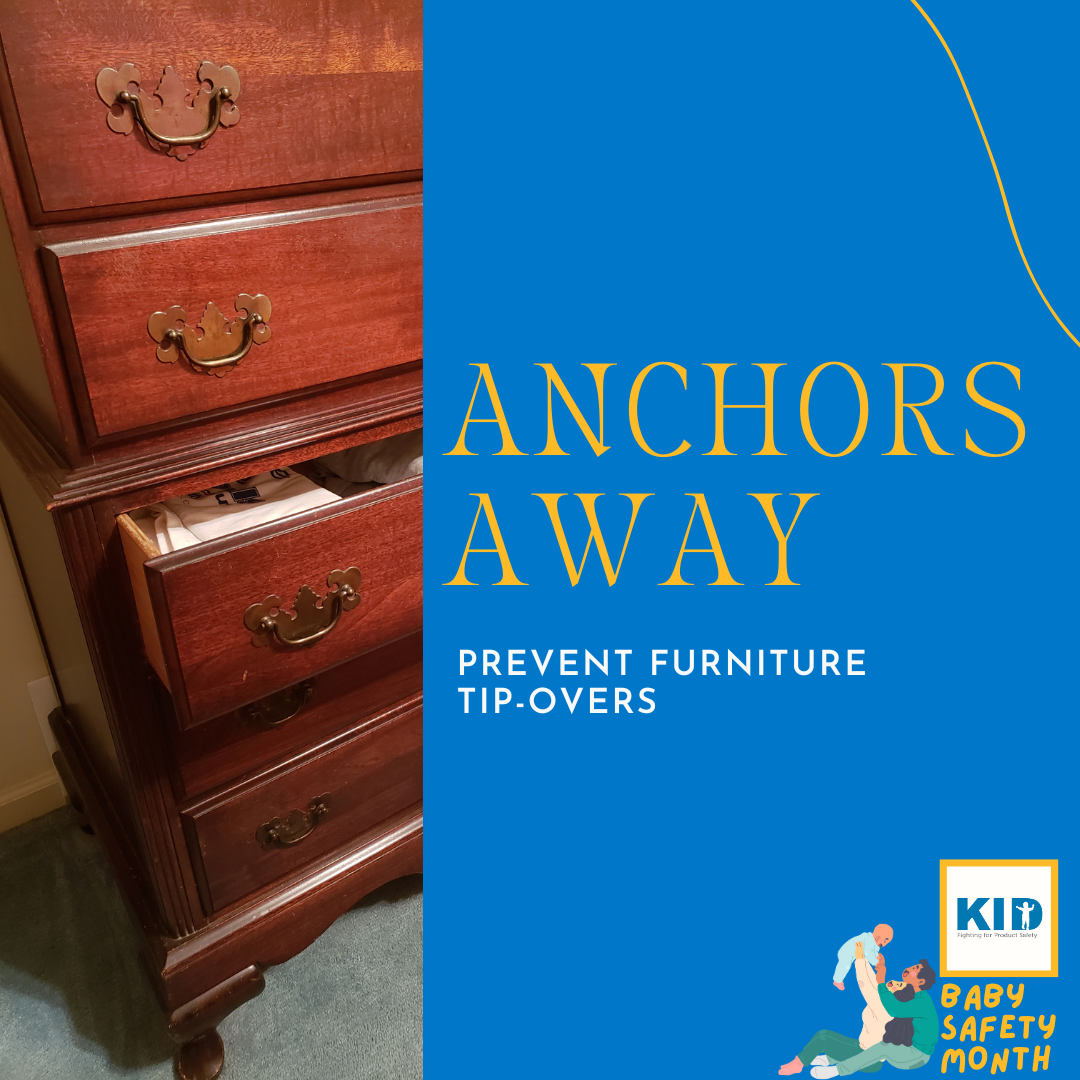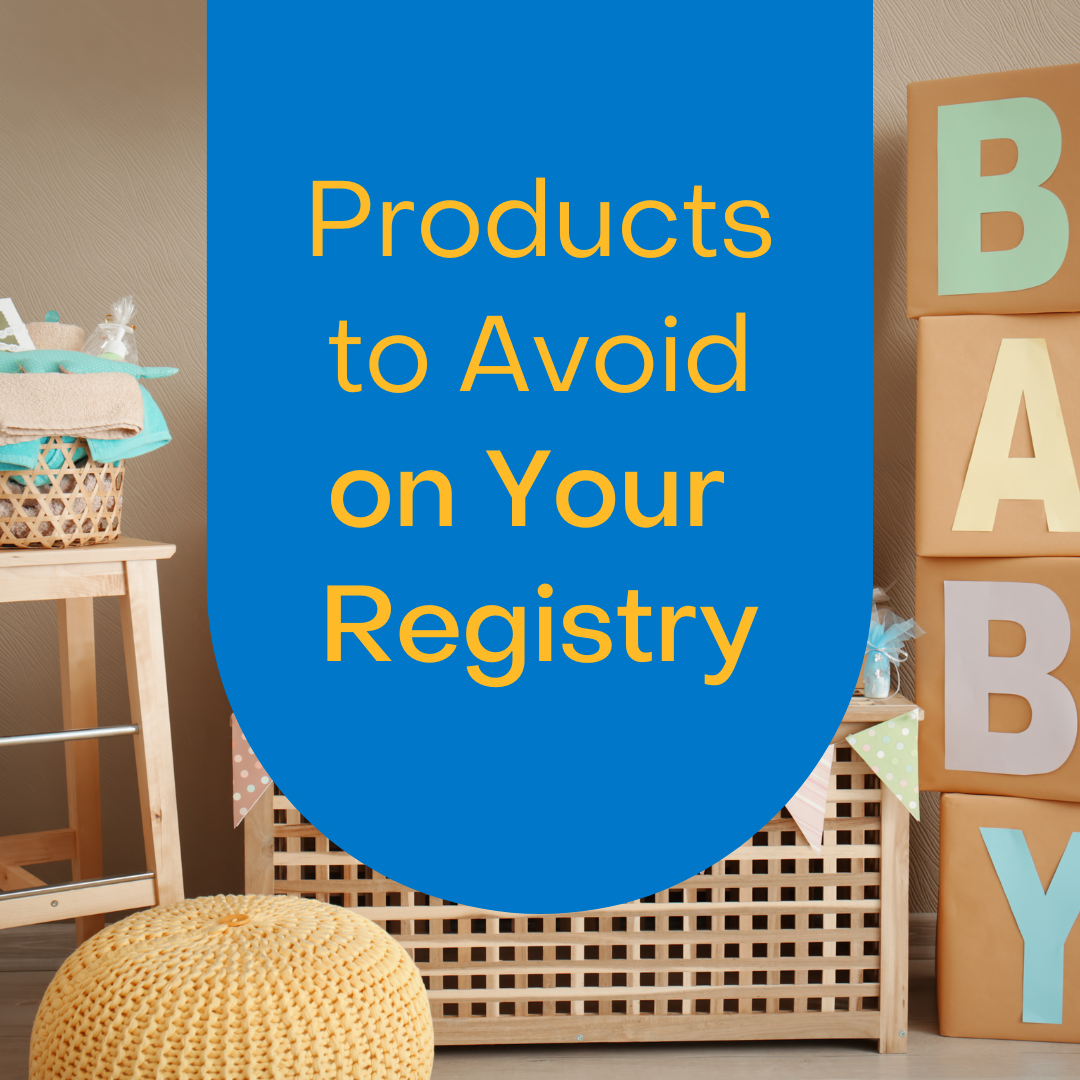
Furniture tip-overs pose a serious safety hazard for young children. According to the U.S. Consumer Product Safety Commission (CPSC), a child is injured by a tip-over incident every 30 minutes. Furniture tip-overs usually occur when children try to climb on furniture, reaching for something on top or even just attempting to open drawers to get dressed.
For almost a decade, KID has been working with Parents Against Tip-overs (PAT, recipient of KID’s 2022 Best Friend Award) and other groups to pass the Stop Tip-overs of Unstable, Risky Dressers on Youth (STURDY) Act. In December 2022, this important legislation was signed into law, setting new standards for furniture stability and safety. The STURDY Act now requires clothing storage furniture to pass three stability tests that reflect “real world” factors that can cause tip over including multiple open drawers, drawers holding clothes, forces from a child standing on or pulling on the furniture, and the effect of carpeting.
After decades of work, PAT and KID encouraged all furniture manufacturers to adhere to the standards as quickly as possible and to not wait till the effective date. However, the new safety standard only applies to dressers and other clothing storage units manufactured after September 1, 2023. Furniture manufactured on or before September 1, 2023, may remain on store shelves and needs to be anchored to be safe. If you are buying new furniture, ask the retailer when the furniture was manufactured and only buy furniture made after the effective date or that the retailer has information on it meeting the strong standard.
If you have older furniture or pieces that aren’t properly anchored, take action now. Many products, especially older ones, were not designed with tip-over safety in mind:
- Anchor Furniture to the Wall
The most effective way to prevent tip-overs is by using wall anchors to secure heavy furniture like dressers, bookshelves, and entertainment centers. All furniture retailers provide these brackets with their products under the STURDY Act, but they can also be purchased at hardware stores. Visit CPSC’s AnchorIt.gov site on how to anchor for different types of walls.
- Walls Can be Patched
Putting holes in walls can seem scary, especially if you are renting, but safety is worth it. Many landlords are supportive when it’s about child safety and small holes are easy to patch before moving out, but a child’s safety is irreplaceable. You can patch holes in drywall and masonry in ways that make them look just like they did before in only a few minutes. Here are some easy tips from AnchoIt.gov on how to do so.
- Avoid Temptations
Don’t place tempting items like toys, remotes, or snacks on top of furniture, as this encourages children to climb. Store these items out of sight or in low, accessible areas so children don’t need to reach for them.
KID works tirelessly to raise awareness about child safety hazards, including furniture tip-overs. September is Baby Safety Month, so take action with us as we put out new content on a variety of safety topics. Stay informed with resources like our monthly e-newsletter and follow us on Facebook, Instagram, Threads, and TikTok @kidsindanger. For more information on how to protect your home from furniture tip-overs go to AnchorIt.gov.


